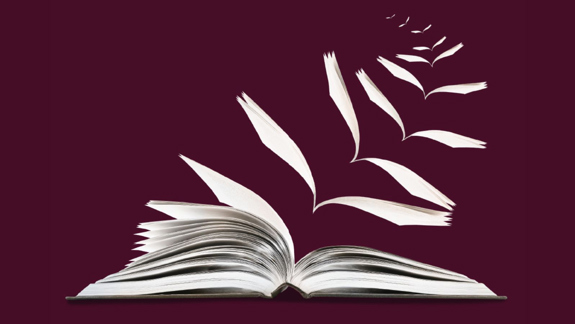'Songs and Fancies': Aberdeen's musical legacy
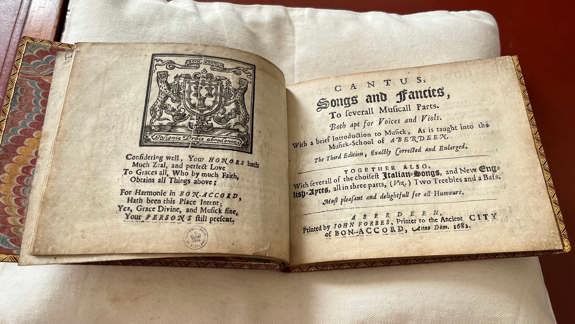
Introduction
"… it hath ever been the chief Honor, the singular Praise of this Famous CITY, to be the Sanctuary of Sciences, the Manse of the Muses and the Nurserie of all Arts […] witness the great Confluence of all sorts of Persons from each Part of the same, who of design have come (much like that of the Queen of Sheba) to hear the sweet chearful Psalms, and Heavenly Melody of Famous BON-ACCORD."
John Forbes, 'Songs and Fancies'
You might be hard pushed to find Aberdonians giving such gushing praise for the Granite City today. In Scotland's first printed book of secular music, 'Songs and Fancies', publisher John Forbes did not hold back in his celebration of the city's cultural influence on Europe at large, especially on the 'science' of music.
'Songs and Fancies' offers a fascinating glimpse into Aberdeen's rich musical heritage and its influence on the development of music in Scotland during the 17th century and beyond. The Library's (affa!) rare copy of the 1682 third edition showcases the city's cultural contributions.
During my time as Scots Scriever in 2022 - 2023, I came to appreciate just how significant Aberdeen's role was in shaping Scottish musical traditions. Exploring the history behind 'Songs and Fancies' reveals a vibrant legacy of cross-cultural exchange, education, and artistic expression that continues to resonate today.
With the support of the city council, Forbes and his successors published multiple editions of this music book from 1662 to 1720. Each contained a selection of songs for voice and viol taught at Aberdeen Musick School, one of Scotland's most renowned 'Sang Schools' at the time.

As well as Scottish and English songs, the third edition includes an additional section of Italian songs. This may have come about thanks to the school's Master at the time, a Frenchman named Louis de France. However, it is likely that such cross-continental influences had already taken place at the school between 1607 and 1635 thanks to its then Master, Patrick Davidson.
Patrick had grown up in Italy before the amorous attentions of a princess led to him being forced to leave! He went on to guide the two subsequent Masters including his son, Thomas Davidson, who was in post during the publication of the first two editions of 'Songs and Fancies', which Thomas likely oversaw.
The only existing copy of the first edition is held by the Huntington Library in San Marino, California. The National Library of Scotland's third edition copies had previously been held in the libraries of Lauriston Castle and Barnbougle Castle near Edinburgh. The journeys these physical editions of 'Songs and Fancies' have taken, from Aberdeen to other parts of Scotland and overseas, are remarkable in themselves.
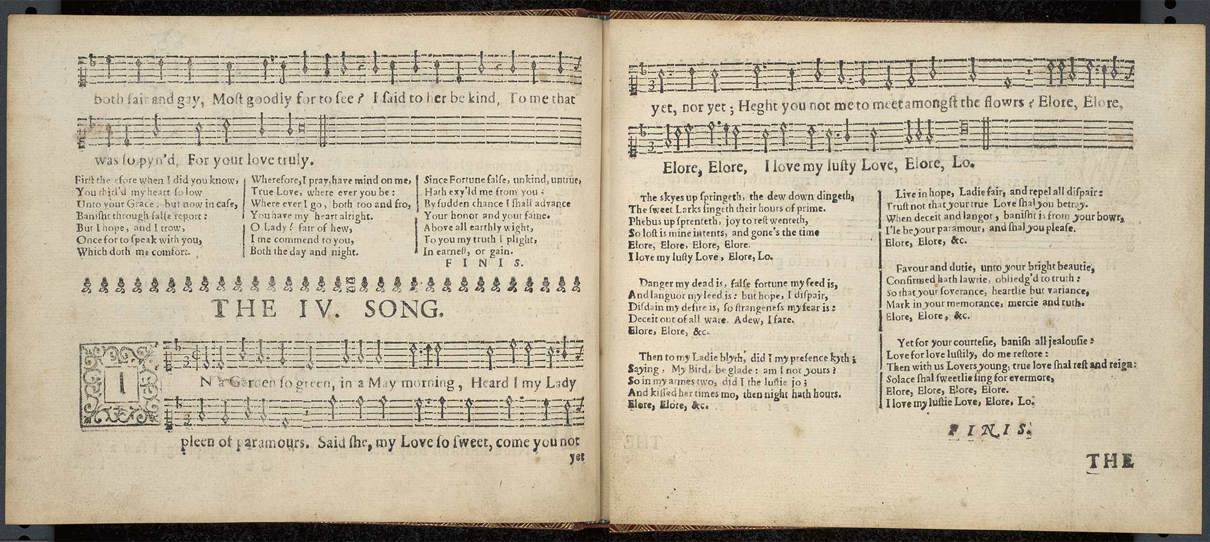
These travels, along with the original journeys of the songs they contain across Europe, are echoed by two further figures from the North East of Scotland who had a significant influence on the development of Scottish traditional music and who are also held in our national collections.
The first is another Forbes, although unrelated: William Forbes of Disblair (1661 to 1740). This Forbes authored several polemic poems which have only recently begun receiving proper critical attention. Included among them is his anti-Union satire 'A Pil for Pork Eaters', which was published two years before the Union of Parliaments in 1707 and reprinted several times after.
He also had much impact on traditional music. His compositions were described as seminal to the development of Baroque style in Scottish fiddle music due to his incorporation of Italian Baroque techniques in his version of 'John Anderson my Jo'.
However, it is William Forbes's granddaughter, Anna Gordon Brown, that has been of special interest to me since my time as Scots Scriever. I spent many days admiring the manuscripts of her ballad recitations written in her and her nephew's hands.
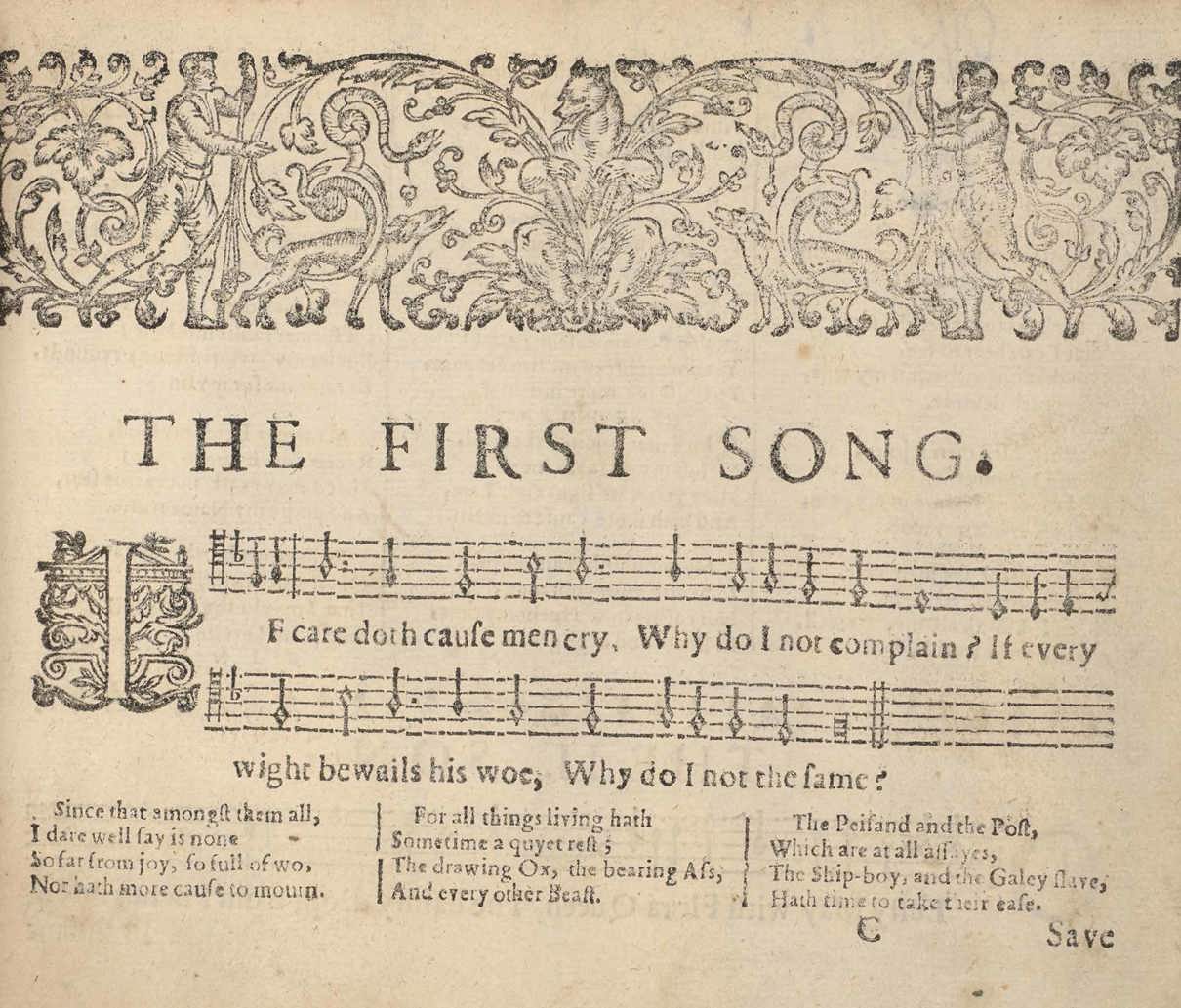
The ballads tell of familial conflict, romantic strife and supernatural forces in the richest of Scots language that is a delight to read. They have gone on to have a big influence on my Scots Scriever creative memoir project.
Anna was born in Old Aberdeen in 1747 and brought up in Humanity Manse, a stone's throw away from King's College, where her father Thomas Gordon was the professor of humanity. Within two years of Anna's birth, the Aberdeen Musick School had closed due to music education being more widely accessible.
In the meantime, the Aberdeen Musical Society was created. Anna's father was a founding member, signifying that he was highly competent in violin, cello and / or transverse flute. Only men were allowed to join the society, and the playing of instruments was mainly restricted to men in general. But it is the women in Anna's family who had the biggest impact on her role as a preserver of many of the best versions of Scottish ballads we are lucky to have to this day.
While Anna's mother Lillias had reduced contact with her own musician father due to her parents' tumultuous relationship, she and her sisters learned many ballads from the domestic servants on the Disblair estate in Aberdeenshire.
One of her sisters went on to marry Joseph Farquharson of Allanaquoich in Braemar and learned many more ballads from the nurses and old women there. These songs were passed to Anna, who may have learned even more from servants at Humanity Manse.
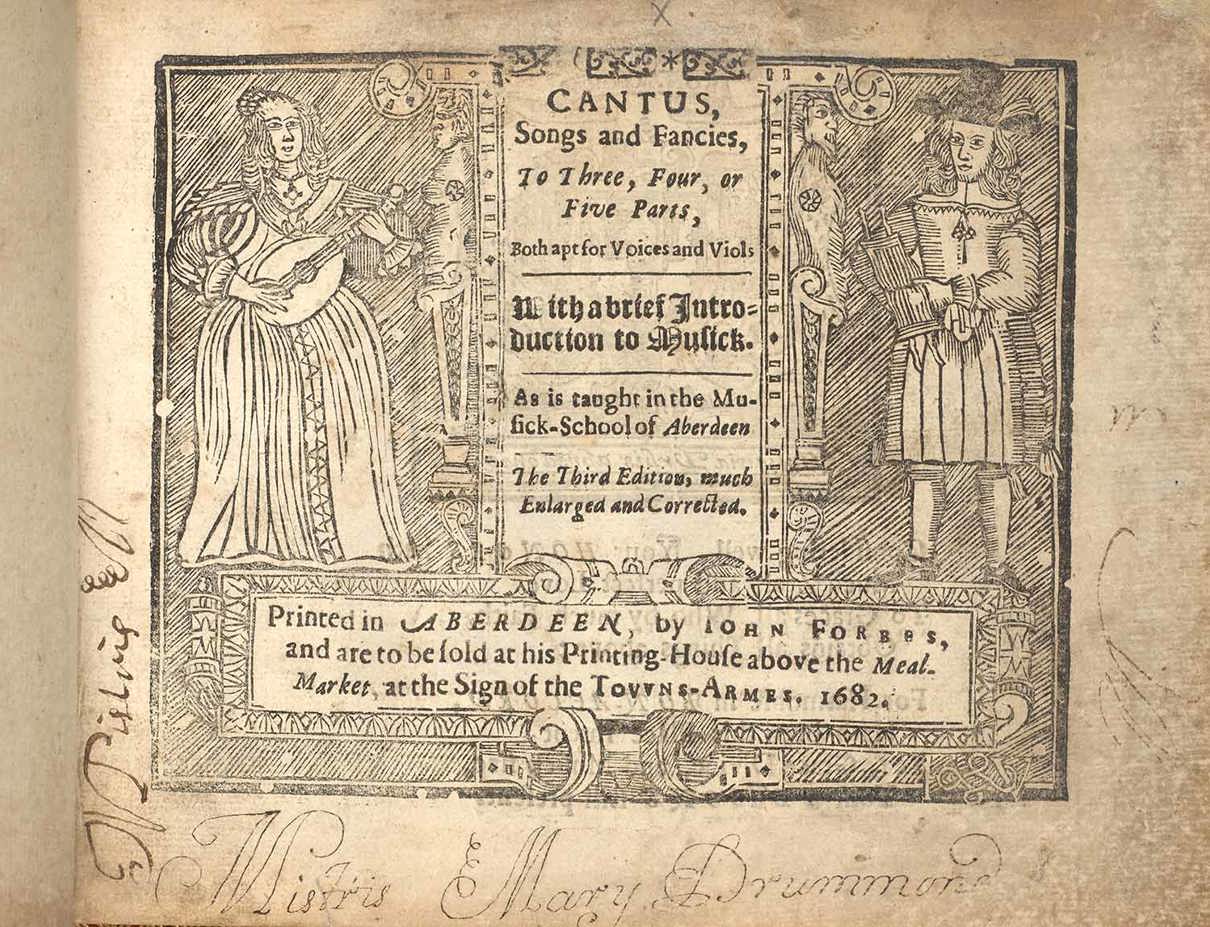
However, in the 18th century Scotland underwent many drastic changes, including the Jacobite rising. Ballads came to be seen as uncouth curiosities of the past and so the practice of singing them began to rapidly die out.
Anna left this world of balladry in Aberdeen behind after marrying a reverend who became minister at Falkland in Fife. This new location gave Anna the moniker of 'Mrs Brown of Falkland' in Walter Scott's ballad compendium masterwork, 'The Minstrelsy of the Scottish Borders' (published in 1802 and 1803) after he got his hands on manuscripts that had originally been requested via her father by other antiquarians keen to hold on to relics of Scotland's past.
Anna was said to be affronted at being associated with these ballads in the Minstrelsy. Yet most of her ballad versions went on to be classed as 'A' texts, the most authoritative and of the highest quality, by renowned American ballad collector Francis James Child several decades later.
Anna and the North East's role in preserving these ballads has finally come under the spotlight. This is thanks to the work of women in academia, such as Sigrid Riewerts' 2011 collected edition of Anna's ballads, and American scholar Ruth Perry's 2025 book 'The Ballad World of Anna Gordon, Mrs Brown of Falkland' which is accompanied by new recordings of the ballads.
Given the richness of what has come before from the North East, who knows what new musical journeys may be sparked when people connect with our collections in Aberdeen and beyond.
About the author
Shane Strachan is a writer, lecturer, performer and former Scots Scriever, based in Aberdeen.
Acknowledgements
Thanks to soprano Heloïse Bernard and lutenist Eric Thomas for allowing us to feature their song recordings.
Dive deeper
'Songs and fancies'

Digitised printed music



